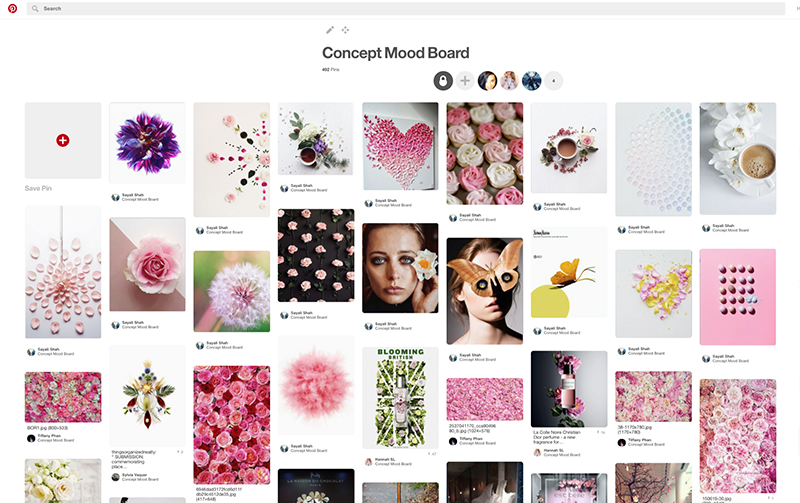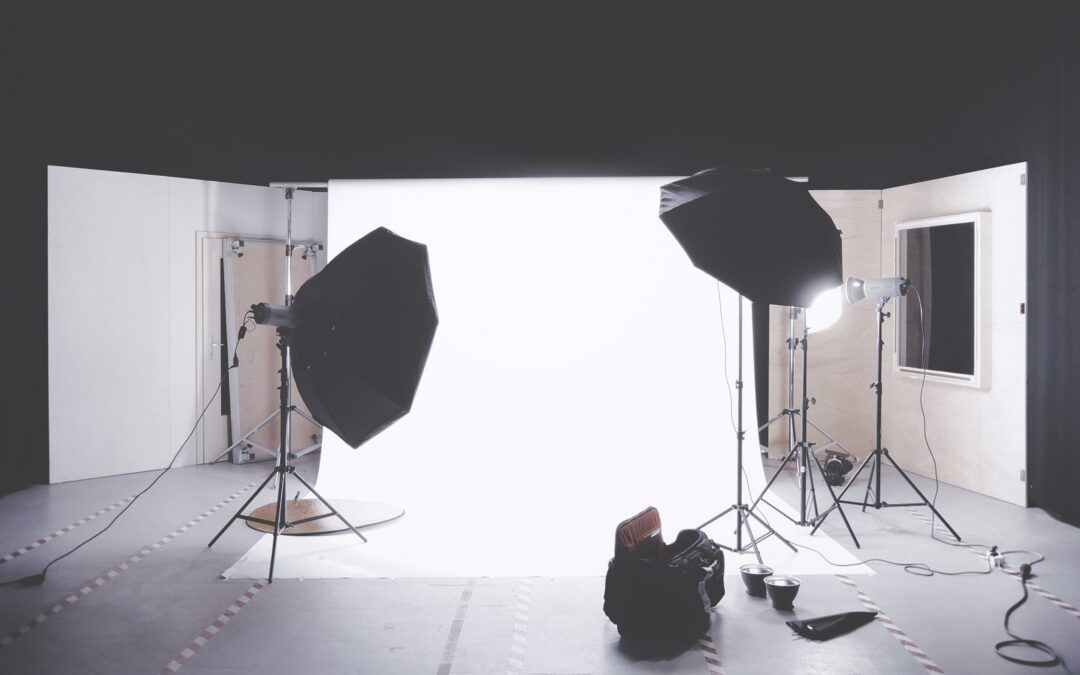Great visuals can make or break your business. Thanks to image-driven marketing, alluring visuals have a tremendous impact on marketing reach, engagement and sales. Marketers realize the importance of producing jaw-dropping visuals in keeping consumers engaged as consumer-faced communication becomes more and more visual. Because of this, brands need to produce an ongoing stream of high-quality photography they can distribute anywhere, so they’re starting to embrace photoshoots as a means to meet that demand.
After completing two photoshoots for a major brand, the creative team at SocioFabrica laid out 5 steps to help master high-end photoshoots.
1. Create Buyer Personas to Plan Stronger Shoots
Photoshoot pre-production starts with a vision and storyboarding of every shot required to attain that vision. While a creative brief that outlines the shoot’s goals, requirements, and where the photos will be used is a must, most photoshoot planning overlooks a critical step: persona mapping. Businesses cater to different audience segments with different affinities, requiring a breadth of photos to meet their needs. Hubspot has produced a buyer personas and journeys cheat sheet to help marketers outline target audience demographics, professions, motivations, likes, and dislikes, then map them to the pain points addressed by a service or product. Use these personas to make sure every shot represents the brand’s benefits/values and meets the needs of the target audience.
2. Use Mood Boards to Get Buy-In

Mood boards are a powerful tool for securing stakeholder buy-in and showing them how a concept will be reflected in the final shoot. Mood boards are integral to communicating high-level creative directions (mood, tonality, etc) and how a photo’s look and feel will be achieved. Pinterest, the photo-bookmarking social network, can be used to assemble mood boards with inspirational and aspirational imagery related to a brand. Use it as a visual creative brief that conveys the intent and vision behind the shoot. Gather textures, colors, copy and pictures from around the web to illustrate how the brand is perceived by consumers and to sell clients on a creative concept.
3. Create a Shot List
Before shoot day, compiling a shot list (a comprehensive list of the images you or your client wish to capture) is a critical part of bringing any concept to life. A shot list is like a game plan for shoot day and should contain a detailed breakdown of what you are trying to achieve, including the products, perspectives, required equipment, composition, framing, props, lighting, and retouching specifications. Writing out the anatomy of each shot establishes shooting intent on the day of, and helps align client expectations of what is to be captured by the photographer. Try storyboarding out the shoot, shot by shot, to ensure the shoot is efficient and organized.
4. The Devil is in the Details
On shoot day, take the time to clean and polish the set and props. Sixty-seven percent of consumers consider image quality to be “very important” when making a purchase online, so make sure dust, fingerprints, and crumbs that can dull surfaces and be a nightmare to remove in post-production are addressed. Experiment with alternate views, details, and contexts with a cell phone to find the perfect angle that will help products shine. Since many images will be viewed on mobile devices, make sure to select images that will work at big and small sizes. Once staging is picture perfect, snap away.

5. 2X Your ROI with Video
The marketing power of video is undeniable. Once the shoot is underway, maximize time and resources on set by shooting video. From behind-the-scenes that give a glimpse into the creative process to product-enriching B-roll, the video captured can be used across screens, platforms and devices to engage, educate, and delight viewers. After all, brands using video increased their marketing effectiveness by 87 percent.
The power of stunning visuals is hard to ignore, and if they aren’t at the core of a brand’s online presence, that brand is missing the opportunity to build trust and strengthen their identity. Use these tips to improve photoshoot productivity, efficiency, and end results.


